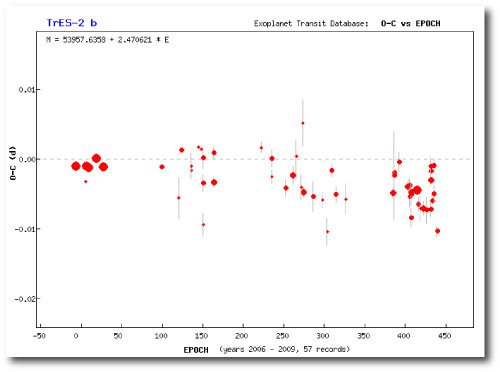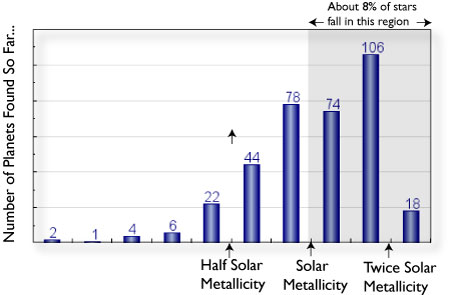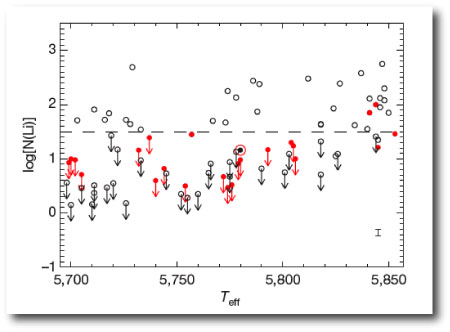A recent e-mail from Bruce Gary prompted me to pay a return visit the Exoplanet Transit Database (ETD) which is maintained by the variable star and exoplanet section of the Czech Astronomical Society. I came away both impressed and inspired. The ETD is really leveraging the large, fully global community of skilled small-telescope photometric observers.
There are hundreds of citizen scientists worldwide who have demonstrated the ability to obtain high-quality light curves of transiting extrasolar planets. I’ve developed many contacts with this cohort over the past decade through the Transitsearch.org project, and small-telescope observers played a large role in the discovery of the two longest-period transits, HD 17156b, and HD 80606b.
Once a particular planet has been found to transit, there is considerable scientific value in continued monitoring of the transits. Additional perturbing planets can cause the transit times to deviate slightly from strict periodicity, and a bona-fide case of such transit timing variations (TTVs) has become something of a holy grail in the exoplanet community. A perturbing body will also produce changes in the depth and duration of transits as a consequence of changes in the orbital inclination relative to the line of sight. Moreover, for favorable cases, a large moon orbiting a transiting planet can produce TTVs detectable with a small telescope from the ground.
New transiting planets are being announced at a rate of roughly one per month. The flow of fresh transits continuously improves the odds that systems with detectable TTVs are in the catalog, but also makes it harder for any single observing group (e.g. the TLC project) to stay on top of all the opportunities.
The Exoplanet Transit Database maintains a catalog of all publicly available transit light curves. At present, there are 1113 data sets distributed over 58 transiting planets. The ETD site provides a facility for photometric observers to upload their data, and also provides online tools for observation scheduling and automated model fitting. Simply put, this is a groundbreaking resource for the community.
The ETD also provides concise summaries of the state of the data sets. Light curves are divided into five quality bins, depending on the noise level, the cadence, and the coverage of the photometry:
It’s interesting to go through the summary reports for each of the transiting planets. Here’s the current plot of predicted and observed transit times for Gliese 436b, the famously transiting hot Neptune:
The data show no hint of transit timing variations. (So what’s up with that e?)
In other cases, however, there are hints that either the best-fit orbital period needs adjustment, or that, more provocatively, the TTVs are already being observed. TrES-2 provides an intriguing example:
In sifting through the database, it looks like XO-1, CoRoT-1, Hat-P-2, OGLE-TR-10, OGLE-TR-132, OGLE-TR-182, TrES-1, TrES-3, and WASP-1 are all worthy of further scrutiny.
Over the past year, as a result of Stefano Meschiari’s efforts, the Systemic Console (latest version downloadable here) has been evolving quite quickly behind the scenes. Stefano and I are working on a paper which illustrates how the console can be used to solve the TTV inverse problem through the joint analysis of radial velocity and transit timing data. In the meantime, it’s worth pointing out that the ETD database lists transit midpoints in HJD for all of the cataloged light curves. These midpoints can easily be added to the .tds files that come packaged with the console.













